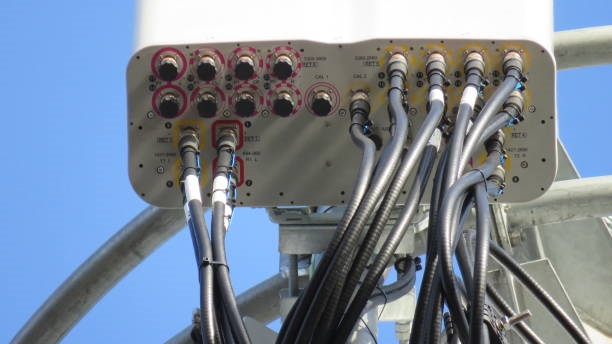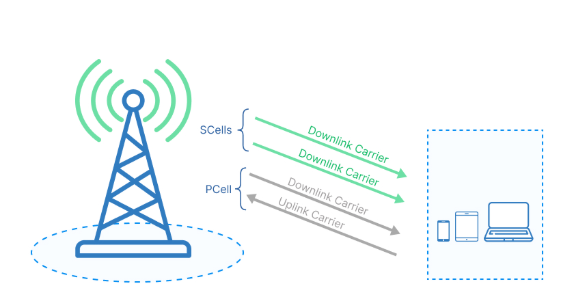Overview
A wireless microphone system consists of four main parts: the microphone element, the transmitter, the receiver, and headphones or a loudspeaker. The microphone element and transmitter are often sold together and commonly called a wireless microphone. The complete setup including microphone element, transmitter, receiver, and listening device is referred to here as a wireless microphone system.
System Components
- Microphone element (transducer)
- Transmitter
- Receiver
- Headphone or loudspeaker
Operation
A wireless microphone system transmits audio by converting sound to an electrical signal, modulating that signal onto a radio-frequency carrier, and radiating it so a tuned receiver can recover the audio. A compact wireless microphone typically integrates the following functions:
- Recorder/amplifier - convert the sound into an electrical signal and amplify it. See linked reference: signal.
- Modulator - generate the radio-frequency carrier and impose the audio signal onto that carrier.
- Transmitting element (LC resonant circuit) - resonate at the transmit frequency and radiate the modulated signal.
- Receiver - tune to the transmit frequency (for example, near 86 MHz) and demodulate the received signal.
To send audio wirelessly you need: an input and amplifier stage for the microphone signal (either custom or using an existing recorder amplification stage), an oscillation and modulation stage to place the amplified audio onto a radio-frequency carrier, and a receiver stage to pick up the radiated RF. In this sense, a wireless microphone acts as a small low-power transmitter operating within permitted radio regulations.
The transmitter example described here contains an oscillator and an antenna; when connected to a recorder's monitoring output it functions as a transmitter.
Key Technologies
- Automatic carrier frequency switching
- Automatic channel selection at the receiver
- Noise suppression techniques
 ALLPCB
ALLPCB







